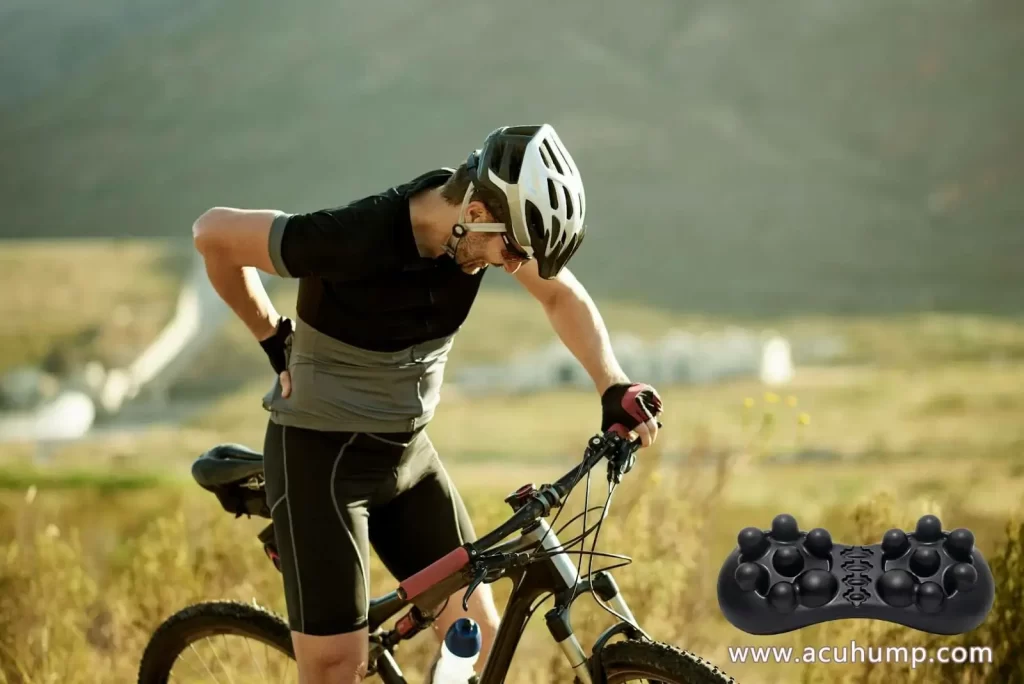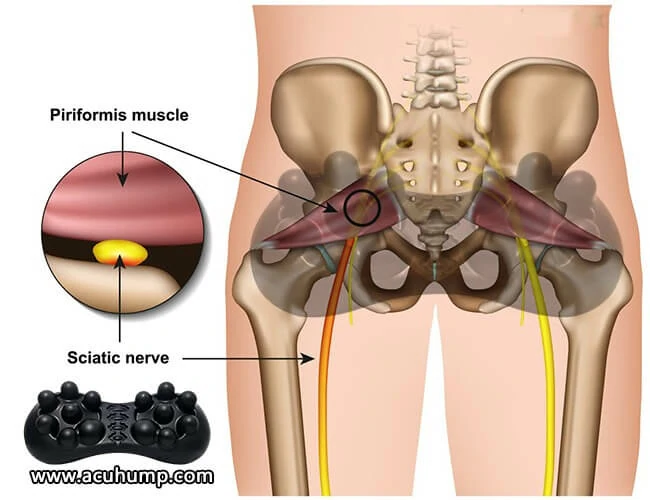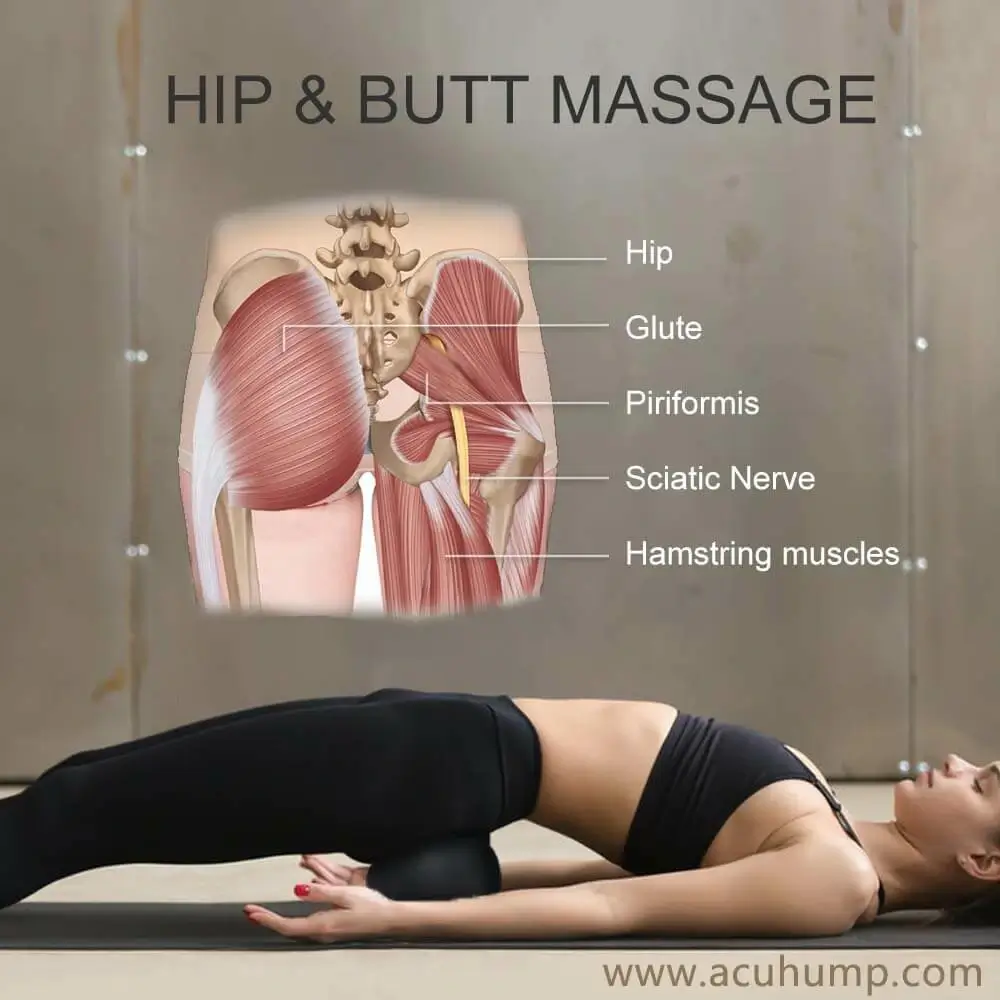Piriformis syndrome is a painful condition that affects a significant number of people, especially those who engage in physical activities such as cycling. The piriformis muscle is located in the buttock area and plays a crucial role in hip rotation. A tight or inflamed piriformis muscle can compress the sciatic nerve, leading to symptoms such as radiculopathy, sciatica, and even lower back pain. Most people who develop piriformis syndrome tend to experience discomfort when they have been sitting for an extended period, engaging in activities such as cycling and running or participating in sports that require sudden and intense hip and leg movements.

While cycling may seem like a low-impact activity, it can be problematic for those who are already prone to developing piriformis syndrome. One of the primary causes of piriformis syndrome in cyclists is overuse. Cycling frequently or for extended periods can lead to the overuse of the piriformis muscle, resulting in inflammation and tension.
Additionally, improper posture while cycling can contribute to the development of piriformis syndrome. Poorly adjusted bike saddle height or incorrect positioning of the handlebars can place excessive pressure on the piriformis muscle, leading to inflammation and discomfort. It is crucial to adjust the bike correctly and maintain good posture while cycling to avoid overuse and potential injury.
To decrease the likelihood of developing piriformis syndrome, it is essential to maintain proper posture while cycling. A poorly adjusted bike saddle height or incorrect positioning of the handlebars can place excessive pressure on the piriformis muscle, leading to inflammation and discomfort. Correcting the position of the bike saddle and handlebars can alleviate the pressure on the piriformis muscle and reduce the risk of developing piriformis syndrome.
Cyclists who develop piriformis syndrome may experience symptoms such as pain, numbness, and weakness in the buttocks, hip, and thigh areas. The symptoms can be relieved by abstaining from cycling for a period and seeking proper medical attention from a healthcare provider. Treatment for piriformis syndrome may include stretches and exercises to strengthen the surrounding muscles and reduce inflammation and tightness in the piriformis muscle.
If you’re looking for ways to prevent or cure piriformis syndrome pain, consider using Acu-hump for at-home massage and stretching.

Acu-hump: 30-day return policy. No risk for you.
Designed specifically to apply targeted pressure to the affected areas, the Acu-hump gluteus massager features 14 raised bumps that massage deep tissue in the common trigger point locations of the piriformis muscle. The bumps can penetrate the buttock muscles 1-2 centimeters, allowing for a deep massage that can promote relaxation and reduce tension effectively.

Acu-hump: Full refund policy. No risk for you.
The tool’s slope shape also allows for gentle muscle stretching, enhancing its stretching effect. By incorporating the Acu-hump glute massager into your therapeutic routine, you can manage your condition more effectively, improve mobility, and reduce discomfort associated with piriformis syndrome.

One of the most significant advantages of using the Acu-hump glute massage tool is that individuals can perform self-massage therapy for Piriformis syndrome at home. Incorporating the tool into a therapeutic routine can help manage the condition more effectively, improving mobility and reducing discomfort.
Acu-hump: Full refund policy. No risk for you.
However, it is essential to exercise caution while using the tool and start slowly to avoid causing further injury. Additionally, stretching with the Acu-hump for ten minutes every day can help loosen tension in the buttock muscles and lower back.
Cycling is an excellent form of exercise that provides numerous health benefits. However, excessive cycling can lead to the development of piriformis syndrome, a condition characterized by inflammation and irritation of the piriformis muscle. To avoid this condition, it is essential to maintain proper posture while cycling, limit cycling duration, and take breaks to stretch and move around during extended cycling sessions. Strengthening exercises and targeted stretching exercises can help cyclists avoid piriformis syndrome and enjoy the many benefits of cycling for years to come.
